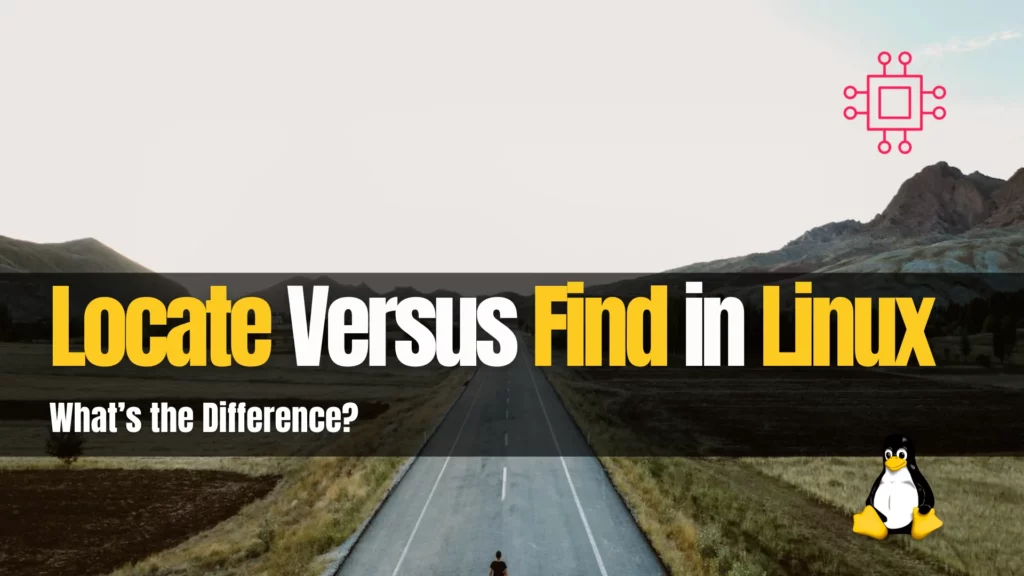Setting Up Sendmail as a Relay Server on RHEL 9 | CentOS 9

This guide will walk you through the process of configuring Sendmail as a relay server on RHEL 9 or CentOS 9, providing step-by-step instructions to ensure a smooth setup. Table of Contents Introduction Setting up Sendmail as a relay server on RHEL 9 or CentOS 9 can be an essential task for organizations that need to […]
How to Customize Linux MOTD on RHEL 9 | CentOS 9
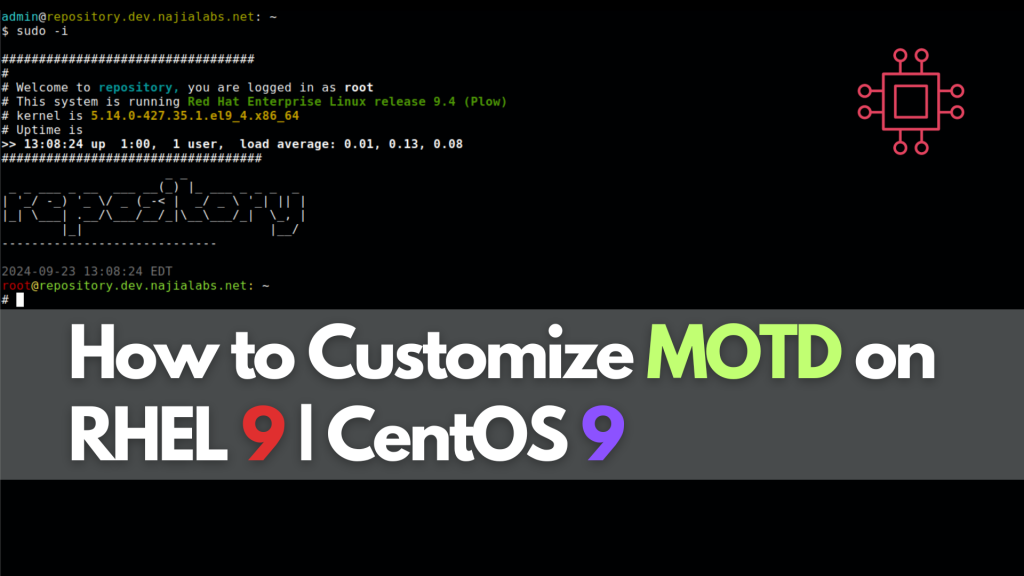
Learn how to customize Linux MOTD on RHEL 9 and CentOS 9 to enhance user experience. Discover step-by-step instructions, practical examples, and tips for displaying vital system information, ASCII art, and monitoring links at user login. Table of Contents Introduction The Message of the Day (MOTD) in Linux is a powerful feature that allows administrators […]
Install GitLab CE on RHEL 9 | CentOS 9 Using Ansible Roles

Learn how to install GitLab CE on RHEL 9 or CentOS 9 using Ansible roles. This comprehensive guide covers prerequisites, creating Ansible roles, executing playbooks, and setting up SSL for a secure GitLab instance. Streamline your DevOps workflow with automation and maintainability! Table of Contents Introduction GitLab Community Edition (CE) is a powerful web-based DevOps tool […]
Automating Zabbix Installations Using Ansible: A Comprehensive Guide
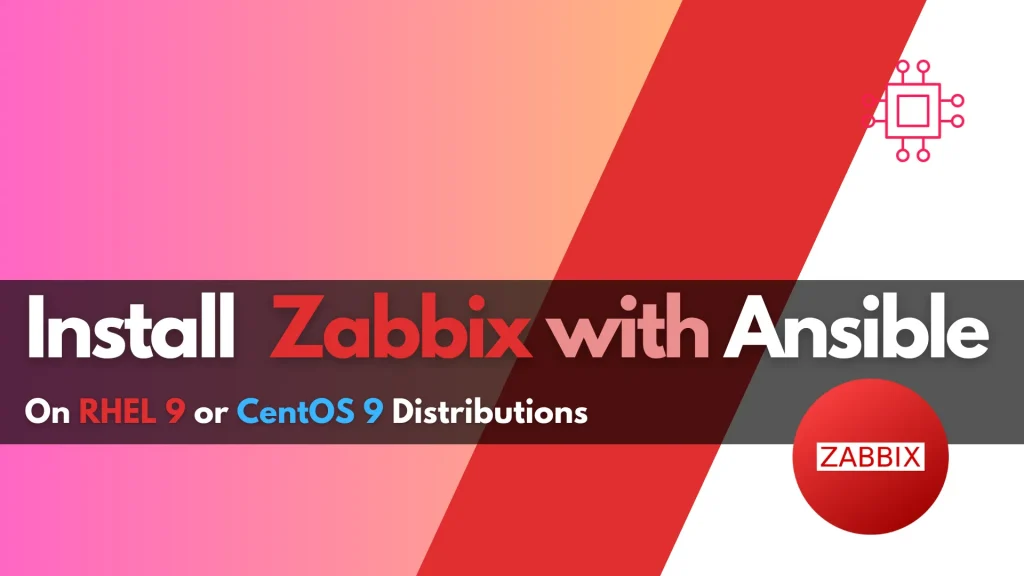
Automating Zabbix Installations Using Ansible simplifies the deployment and configuration of Zabbix, an open-source monitoring solution. This comprehensive guide provides step-by-step instructions, essential YAML configurations, and best practices to enhance efficiency and reduce manual errors in your monitoring setup. Perfect for IT administrators looking to streamline their infrastructure management. Table of Contents Introduction In the […]
20 Practical Find Command Examples

Unlock the full potential of file management in Linux with our comprehensive guide featuring 20 practical find command examples. From searching by name, type, size, to executing commands on found files, learn how to streamline your workflow efficiently. Master the find command and become a Linux ninja today! Table of Contents Introduction Are you tired […]
Using the firewall-cmd command in Linux
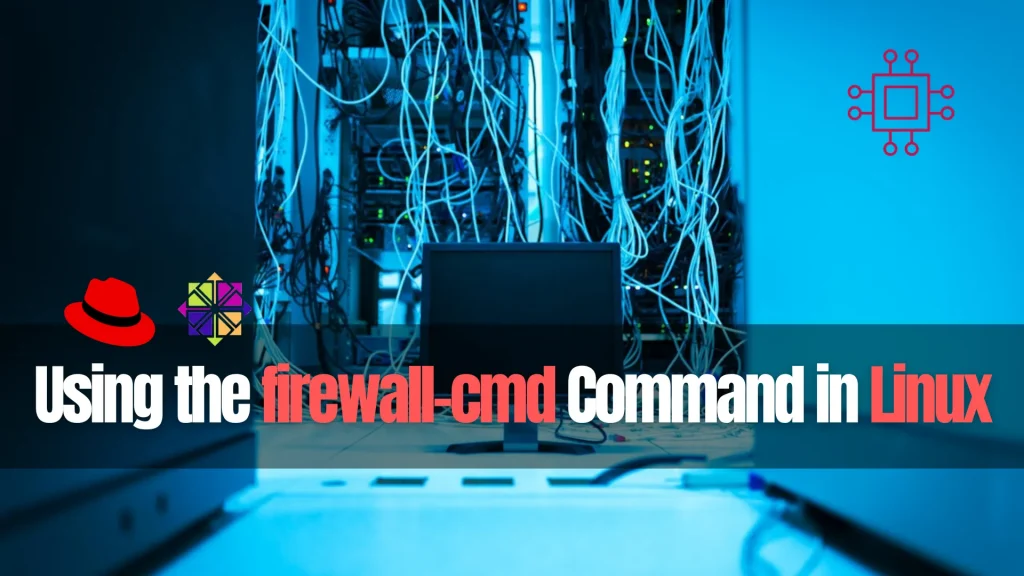
20 Useful Sed Commands With Examples
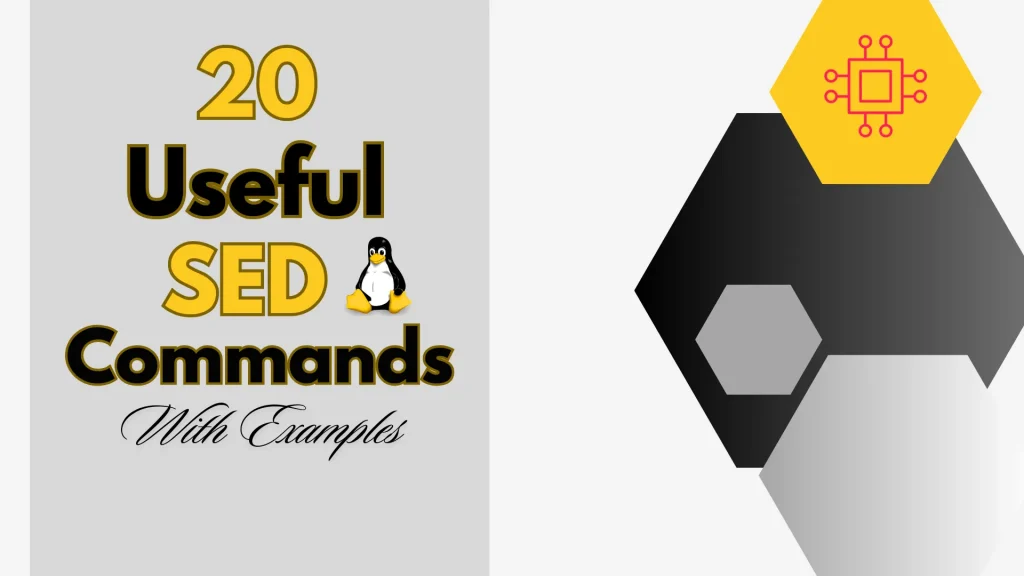
Discover 20 useful sed commands for text processing in Linux. Learn how to perform substitutions, deletions, insertions, and more with practical examples and tips. Enhance your text manipulation skills with this comprehensive guide. Table of Contents Introduction The sed (stream editor) command in Linux is a powerful tool for processing and transforming text. It is […]
Install Zabbix with PostgreSQL Database on RHEL 9 | CentOS 9: A Comprehensive Guide
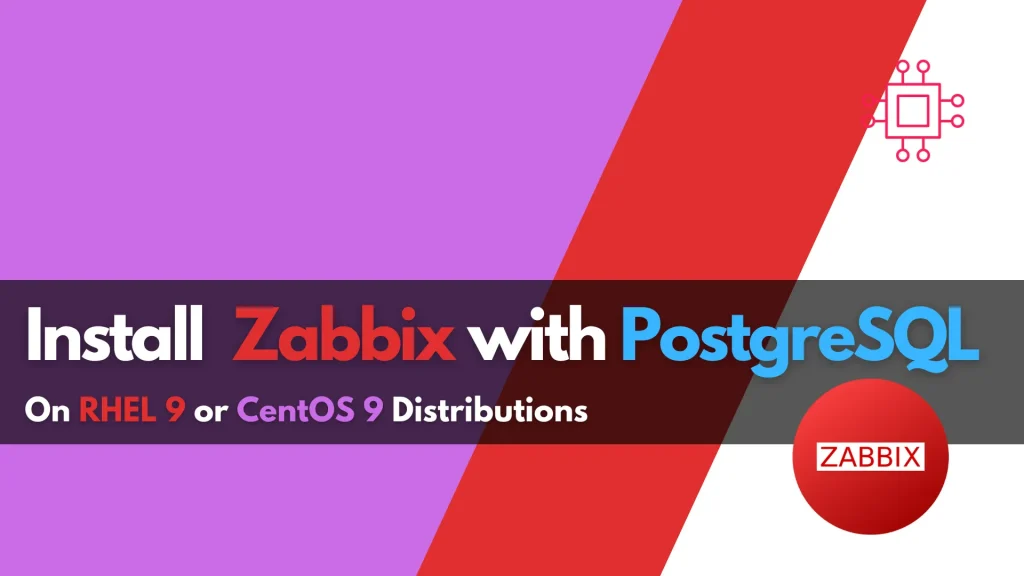
Learn how to install Zabbix with PostgreSQL on RHEL 9 | CentOS 9 with our comprehensive step-by-step guide. Follow clear instructions with CLI examples and configuration tips to set up a powerful monitoring solution. Table of Contents Introduction Zabbix is one of the most popular open-source monitoring tools available, providing comprehensive real-time monitoring of systems, […]
Deploy a PostgreSQL Database Cluster Using Pacemaker on RHEL 9 | CentOS 9
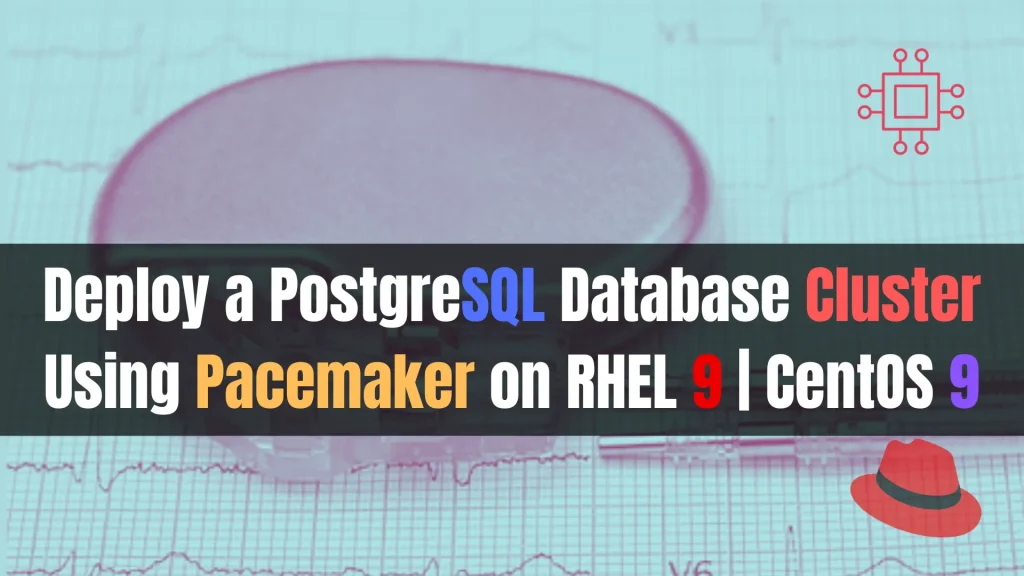
Learn how to deploy a highly available PostgreSQL database cluster using Pacemaker on RHEL 9 or CentOS 9. This comprehensive guide covers installation, configuration, and testing steps, ensuring robust data integrity and uptime. Perfect for IT professionals seeking reliable high-availability solutions. Table of Contents Introduction Setting up a highly available PostgreSQL database cluster is essential for […]
Locate Versus Find in Linux: What’s the Difference?
